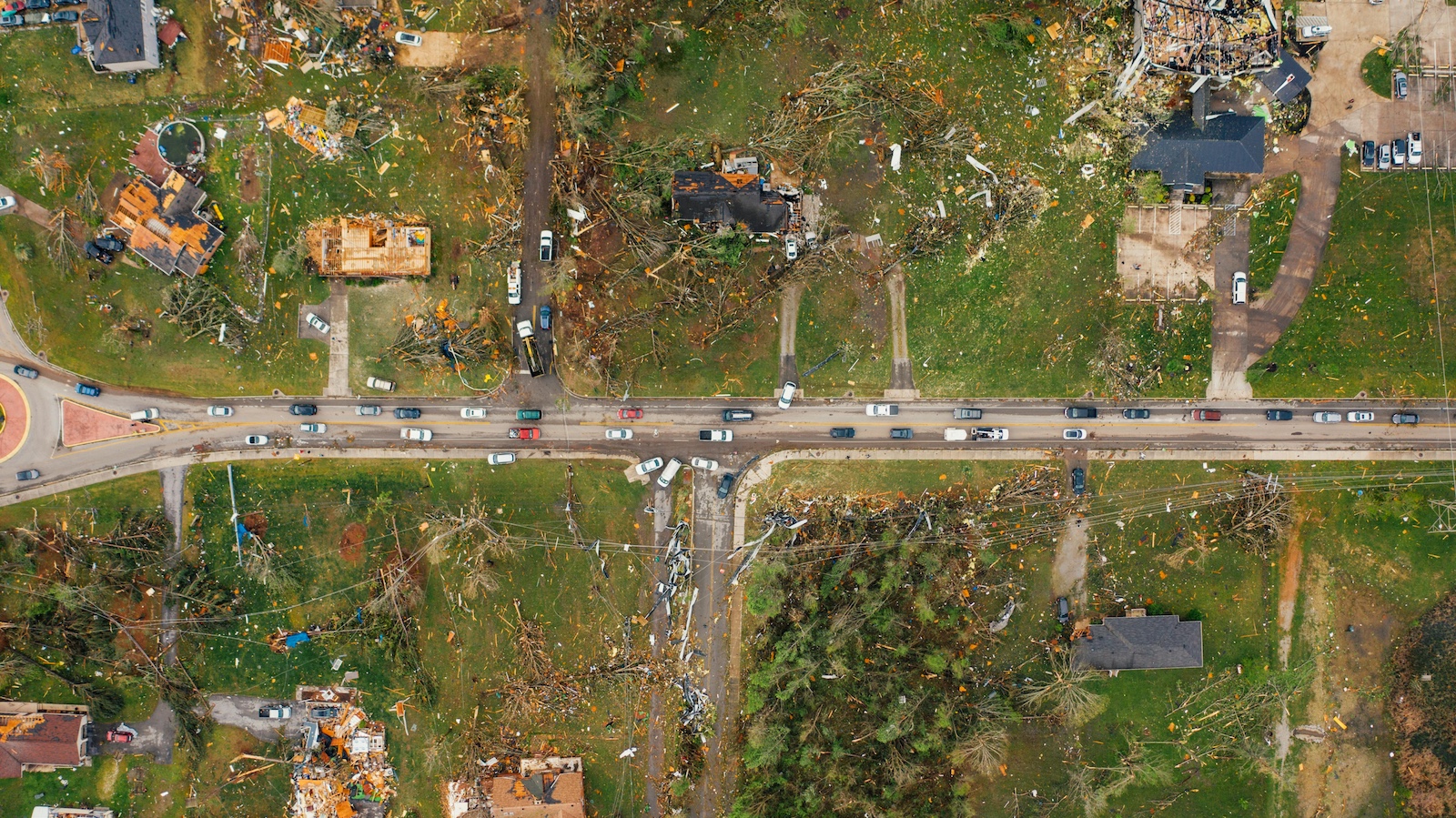What does it take to protect our communities and build a safer world?
Climate change, natural disasters and other factors elevating property risk worldwide are driving action across society, whether from governmental agencies, technology leaders or property insurers. Groups vary in their approach, but they share a goal: to build resilience on a global scale. To reach this goal together, we need to have honest, open conversations about our new normal – particularly how insurers can work to secure the safety of future generations.
The Formula: Survivability and Recovery
There are two fundamental components to resilience. The first is survivability. If severe weather hits a property, what will the damage be and how can it be minimized through specific physical design improvements? The second is recovery. When a property is damaged, how difficult is it to rebuild in a timely manner?
To answer these questions, insurers are starting to pay attention to government initiatives, IBHS quality standards and innovations in AI to tackle resilience. Close collaboration with both public and private sector groups will be key to build resilience in our cities and neighborhoods.
Survivability and recovery are complex issues that require both government intervention and capital incentives. One obvious approach is to construct buildings with damage-resistant materials, such as hurricane-proof glass and fire-resistant insulation.
Groups such as the National Association of Home Builders and the Federal Emergency Management Agency (FEMA) have compiled a litany of recommendations based on the latest developments in sustainable and resilient construction. However, these materials tend to be marginally more expensive and largely are not mandated. Additional efforts are needed to encourage the application and adoption of resilient construction techniques, particularly as pan-global re-insurers are seeing the benefit of construction quality indexes.
One way to accomplish this is to modernize building codes and fast-track accompanying permits where construction is aligned to mitigation designs. A recent FEMA study shows that updated codes have saved the U.S. over $1.5 billion in avoided losses annually since 2000. Naturally, part of this effort will depend on direct government action.
The Biden administration, for example, recently earmarked over $200 million to update codes and provide incentives for sustainable construction. That being said, the government's influence over building codes is limited and piecemeal at best. It is often easier to establish incentive structures than to enforce strict state-wide mandates. In other words, it is carrots and not sticks that will move the needle on property resilience in the U.S. This is an area where insurers have a unique opportunity to drive influence by insisting on greater resilience.
See also: Empowering the Underwriter of the Future
Encouraging Resilience
The model for encouraging resilience has long existed in the insurance industry. Auto owners with a track record for safe driving can obtain discounted rates; primary carriers can improve their reinsurance premiums by mitigating the level of risk exposure in their book. Encouraging safer property construction with mitigation strategies from IBHS and others is no different. All it requires is that insurers resolve to become active promoters of resilience. Take the collaboration between the state of Queensland, the Commonwealth Scientific and Industrial Research Organization (CSIRO) and the insurer Suncorp as they adapt for wildfire in Australia.
Opportunities to collaborate present themselves throughout the policy lifecycle. When writing new business in hazard-prone regions, insurers can leverage new technologies (such as computer vision and machine learning models) to precisely determine structural vulnerability based on factors like tree overhang, roof condition and age and wildfire defensible space. They can then offer policyholders a choice: Eliminate the risk drivers for a better premium or do nothing and remain exposed. If insurers put in place consistent incentive structures through AI-based learnings, the market will naturally encourage more resilient construction, leading to less costly losses.
Beyond new business, insurers should take advantage of the recovery and claims process to build resilience. This shift in mindset is already starting to happen. Historically, insurers have responded to loss events by returning a property to its pre-damaged condition. But in an increasingly risky world, this may no longer be the best option.
Instead, insurers should motivate policyholders to rebuild stronger properties using the latest, damage-resistant materials and design techniques that increase robustness and meet the new building codes for natural peril. It may seem counter-intuitive to say insurers should put more money into replacing damages than was actually lost. However, by expanding the classical concept of indemnity to prevent future damage, insurers will end up saving more on avoided claims in the long run.
See also: The Biggest Opportunity for Innovation
Actively Promoting Resilience
Whether it’s through legislation or technological advancements, the intensity of human capital working tirelessly across the globe shows there are pockets of hope. But they, and we, can’t do the work alone, as it requires a herculean effort across many fronts. We need greater collaboration at federal, state and municipal levels with the property insurers themselves. Conversely, property insurers will struggle to survive in the years to come if they don’t start promoting resilience today.
Equally, as new communities are being built to cater to new lifestyle demands and promote climate adaptivity, insurers need a seat at the table to influence smart city planning. This collaboration is the change management of the future, and it needs to start now to have an impact. There are more reasons to do so than sheer altruism. Everyone, not just insurers, should be taking a pragmatic view. If properties aren't made more resilient, the cost of major loss events will increase exponentially. And if an insurer’s only response is to cancel policies en masse in high-risk peril regions, policyholders will lose their trust in carriers.






